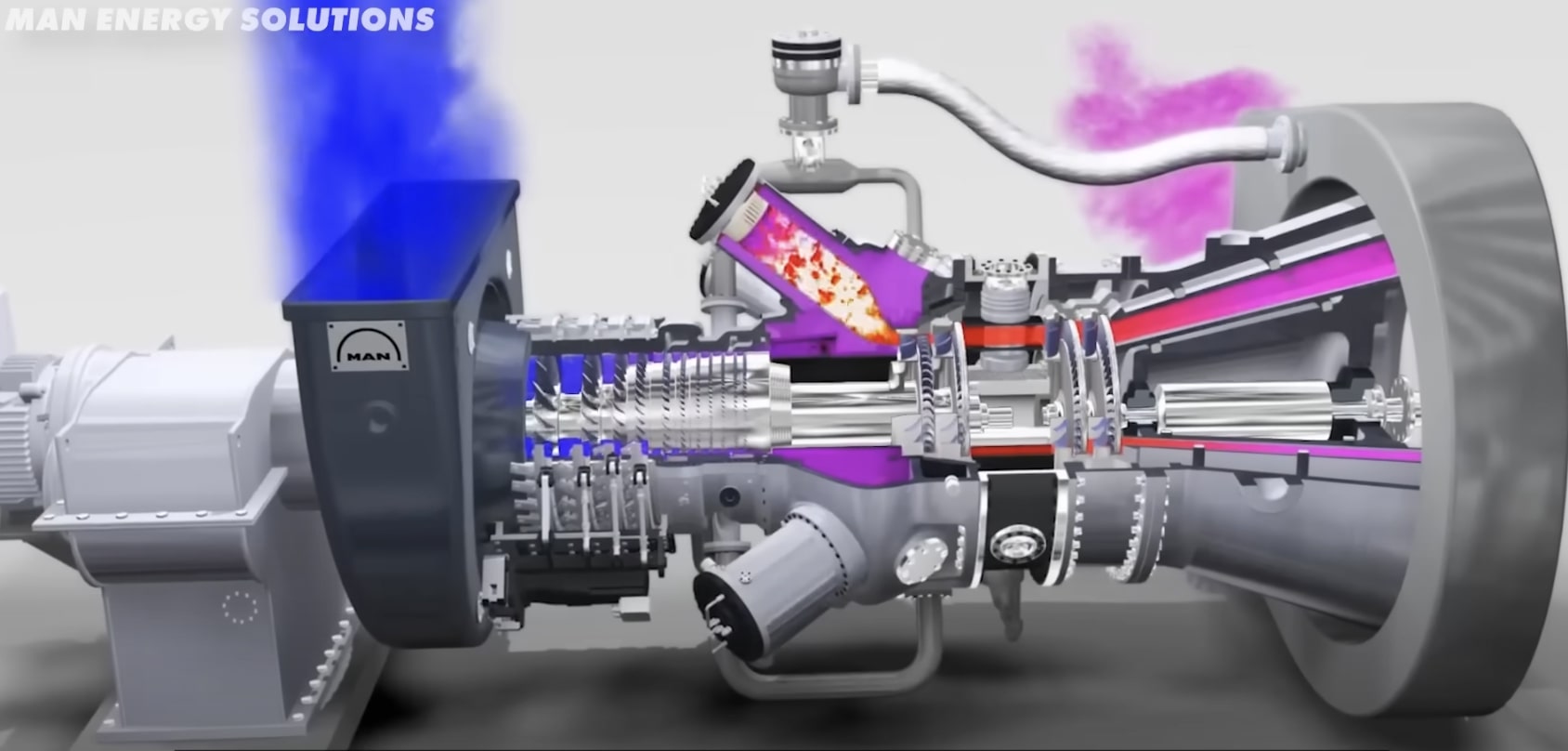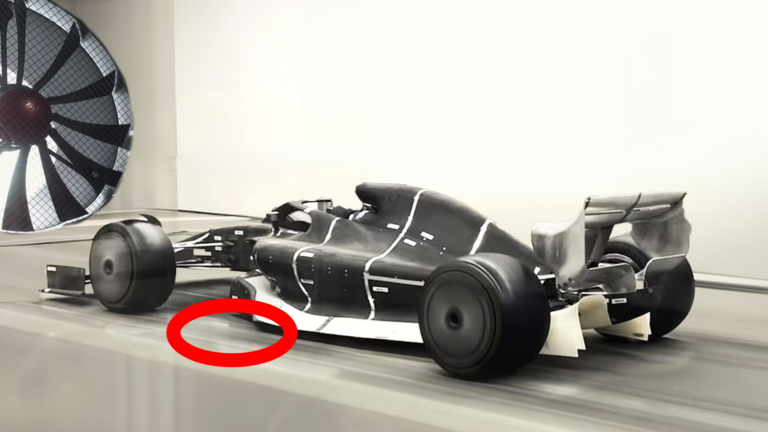
One of the most unusual cars to ever grace a Formula 1 track, the Lotus 56, redefined motorsport engineering by pushing boundaries and exploring the untested power of a gas turbine engine. Originally developed for the 1968 Indianapolis 500, this car was powered by a gas turbine rather than a traditional internal combustion engine, challenging racing norms and regulations alike. Here, we dive into the engineering marvel that was the Lotus 56, exploring how it was born, its journey on the track, and the reasons why it ultimately didn’t last in F1.

Breaking Tradition with Gas Turbine Power
The Lotus 56 was created at a time when motorsport engineering was experimental and open to radical ideas. Instead of a conventional engine, the Lotus 56 was powered by a Pratt & Whitney ST6B-76 gas turbine, producing between 500 and 600 horsepower. Unlike a jet engine, which generates thrust, the gas turbine in the Lotus 56 converted power directly to the wheels, creating a unique drive system that required no gearbox. This streamlined the design, saved weight, and offered the potential for superior acceleration and stability.

Freedom in Motorsport Design: A 1960s Playground
The era of the 1960s allowed for immense freedom in race car design. Formula 1 regulations were relatively relaxed, enabling teams to experiment. This led to other notable innovations of the time, such as the four-wheel-drive Ferguson P99 and the six-wheeled Tyrrell P34. The Lotus 56 capitalised on this flexibility by using its turbine engine and incorporating four-wheel drive, which improved traction and control.
The Indy 500’s Influence on the Lotus 56
The Lotus 56 was initially designed for the Indianapolis 500, a track focused on speed and endurance. Joe Leonard secured pole position in the 56, reaching 171.5 mph, and it led much of the race. However, mechanical failures in the 500-mile race led to none of the Lotus 56 cars finishing. Despite this, the car’s potential was clear – its unique shape and gas turbine engine gave it an edge over traditional cars in terms of speed and weight.

Adapting the Lotus 56 for Formula 1
Following the 1968 Indy 500, Lotus adapted the car, creating the 56B model to compete in Formula 1. The F1 version included added wings for downforce, a necessary adjustment for F1 tracks that demanded tight cornering and rapid acceleration. However, the adaptation faced challenges; the gas turbine’s throttle response was slow, which meant that drivers had to anticipate and apply power much earlier than in traditional cars. While four-wheel drive proved advantageous on wet tracks, the car struggled to meet the demands of the more complex F1 circuits.

High Risk, High Reward: Chapman’s Vision
The driving force behind the Lotus 56’s radical design was Colin Chapman, founder of Lotus and an engineering innovator. Chapman believed in “adding lightness,” and the gas turbine allowed for a lightweight car without a heavy gearbox. Although the turbine engine burned fuel quickly and required large fuel tanks, it offered Chapman a glimpse of a future where racing was defined by lightweight, power-efficient machines.
Why the Lotus 56 Was Ultimately Banned
The Lotus 56’s presence in both IndyCar and F1 sparked a regulatory reaction. At the Indy 500, governing bodies restricted turbine cars’ allowable air intake to limit their advantage. By 1970, turbine engines were banned outright in the Indy 500. In F1, the 56B model’s performance was inconsistent. Though impressive in the rain, the car failed to score points, and by the end of 1971, Lotus abandoned the project.
Legacy of the Lotus 56
The Lotus 56 remains a symbol of motorsport innovation. Its experimental design and engineering courage reflect a time when motorsport was a testbed for the extremes of automotive design. Although it was ultimately banned, the Lotus 56 influenced the evolution of F1 technology and served as a reminder of what’s possible when engineering and imagination meet on the track.











